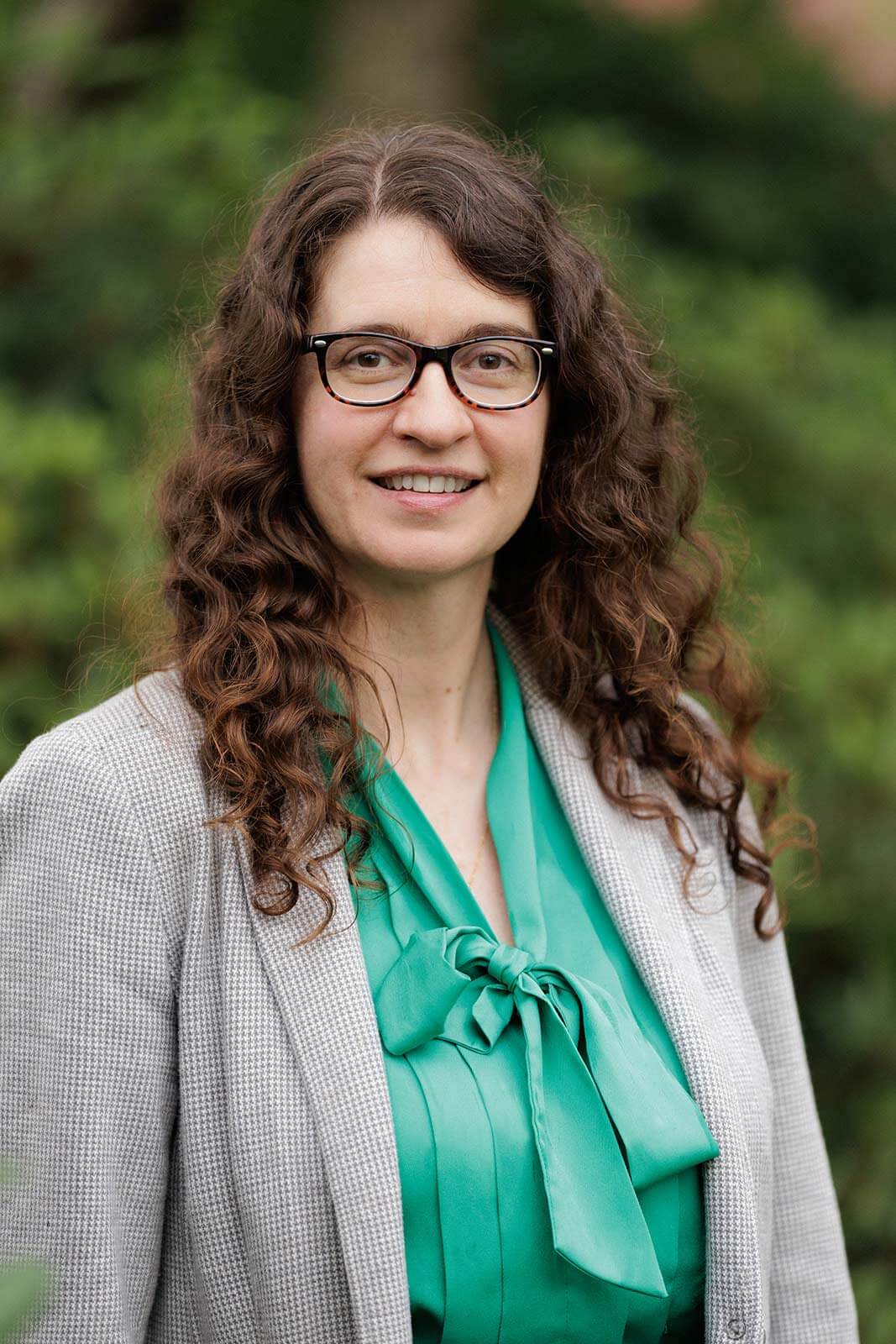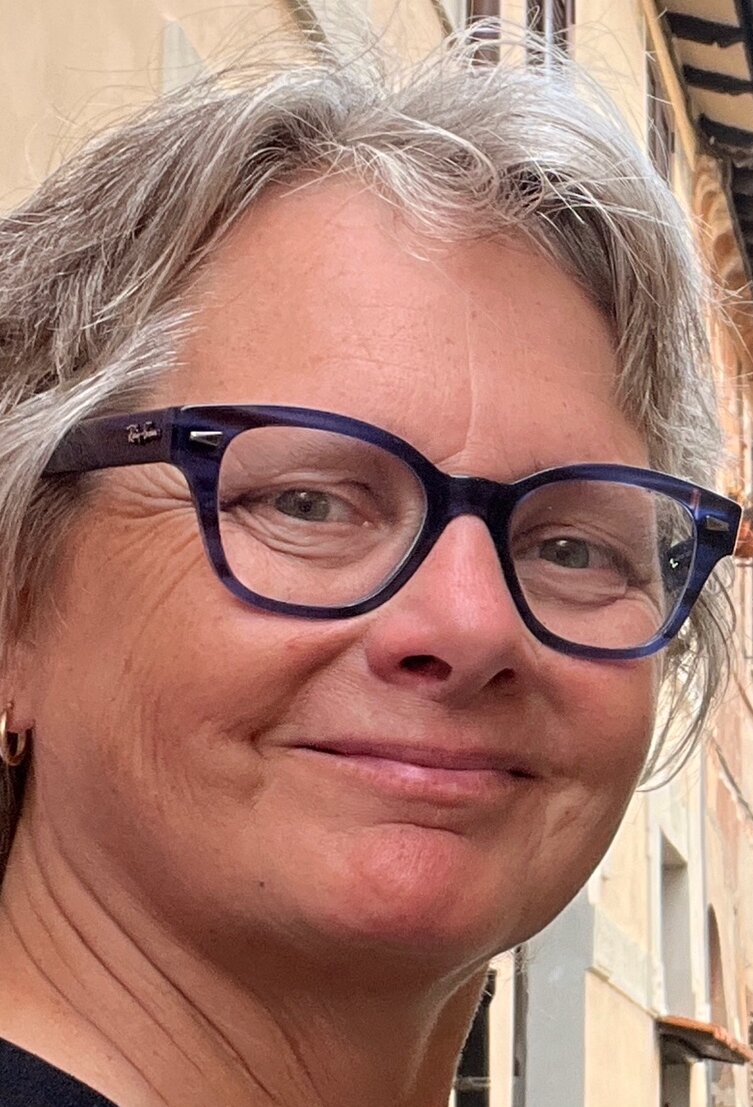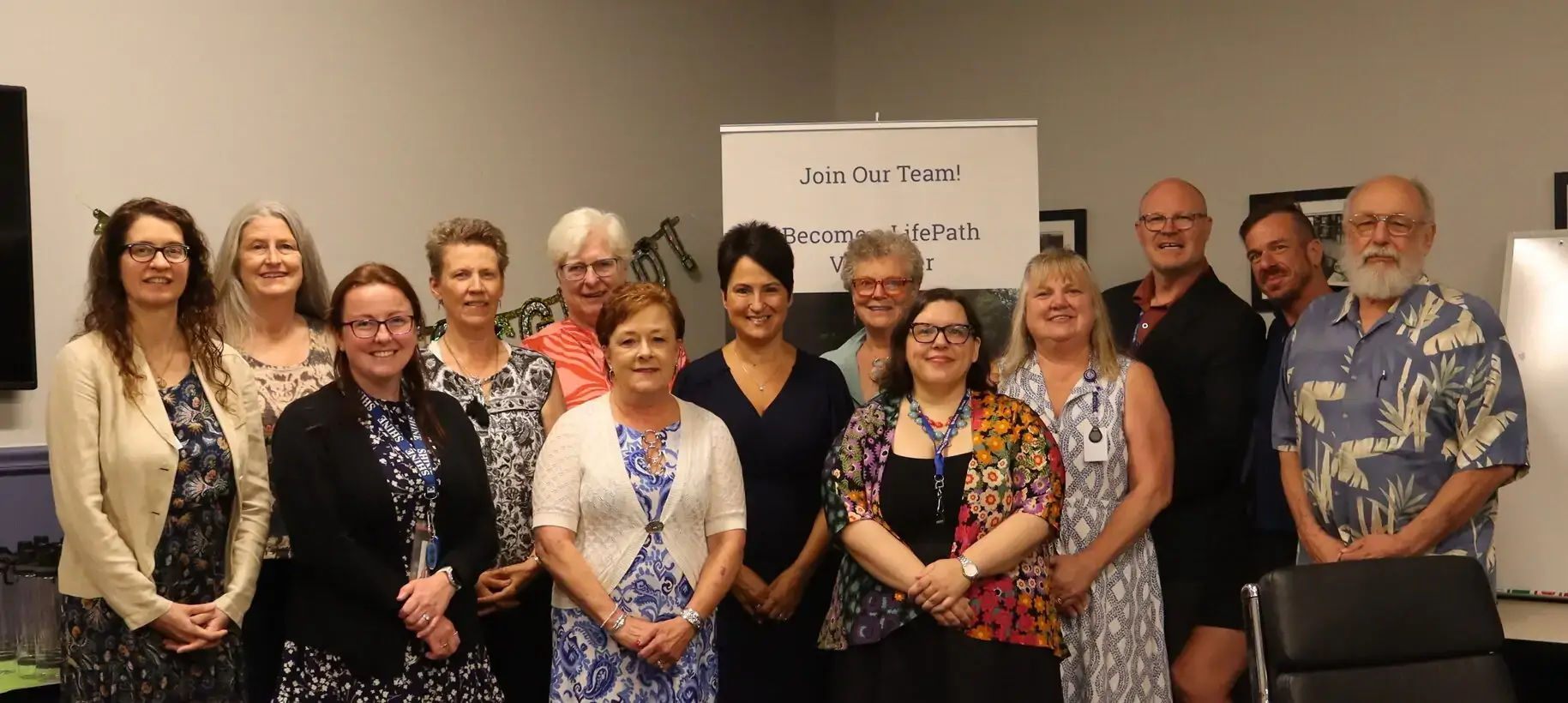Imagine a time when older people didn’t have the support they needed to live healthy and fulfilling lives after retirement. That’s what things were like before the Older Americans Act came into existence. This law, also known as the OAA, is an important law that has made life better for older people across the United States and here in rural Massachusetts.
Origins and Passing of the Older Americans Act
In the 1960s, there was growing concern about how older adults were faring. Many older people were facing challenges like loneliness, poor nutrition, and lack of access to healthcare. People realized that something needed to be done to help our older citizens live happier and healthier lives.
In 1965, President Lyndon B. Johnson signed the OAA into law. It aimed to provide essential services that could improve the lives of older people across the nation. It was part of the “war on poverty” that also included Social Security and Medicare. With a much smaller budget than those two programs, the OAA provides critical community services and engages many volunteers in supporting these efforts. By utilizing volunteers, the OAA also saves taxpayers money.
Decentralized Network of Area Agencies on Aging
A big part of the OAA was creating a network of “Area Agencies on Aging,” also known as “AAAs.” Each AAA serves a specific region, like a county or a city. These agencies connect older adults to various services, programs, and support. This decentralized network means that older people don’t have to travel far to get the assistance they need, and each agency can use OAA funding to create programs that meet the needs of local people. In Franklin County and the North Quabbin, LifePath serves as the AAA.
Changing Aging in America
Before the OAA (and its sister anti-poverty laws, Medicare and Social Security), older people were largely reliant upon savings and family to sustain them in retirement. But now, there are programs and services that work to prevent impoverishment and recognize their worth and value. The OAA funds various programs designed to address the specific needs of older adults. For example:
-
Nutrition Programs: Eating well is important at any age, but it becomes even more crucial as we get older. The OAA funds programs that provide healthy meals to older people who might struggle to cook for themselves. These programs often bring older people together to enjoy meals in a social setting, reducing feelings of isolation.
-
Legal Services: Older people, like everyone else, sometimes need legal assistance. The Act supports programs that help older people with important matters like financial protection and access to benefits.
-
Disease Prevention and Health Promotion: Staying healthy is a top priority for older people. The Act supports programs that offer information, resources, and activities that encourage and support older people to adopt healthy lifestyles.
-
Caregiver Services: Taking care of a loved one can be challenging, and caregivers need support. The Act supports programs that offer resources and assistance to family members taking care of older relatives.
-
Senior Centers: Senior centers funded in part by the OAA are like community hubs for older adults. These centers offer a range of activities, from exercise classes to art workshops. They provide older people with a chance to socialize, learn new things, and stay active.
In 2022, OAA programs received $2.17 billion in regular funding, with Franklin County/North Quabbin’s share at $787,691. Congress provided emergency funds for OAA programs throughout the COVID-19 pandemic. However, the total allocation is less than authorized in the 2020 renewal of the OAA, and the funding is not keeping pace with the growing aging population. By 2035, for the first time in our nation’s history, the population of adults 65 and older will outnumber children younger than 18, significantly increasing the demand for aging services. In our area, by 2030, most towns will see ⅓ of their populations aged 65 and older. The need for OAA services will continue to grow.
Getting Involved and Supporting the Act
If you’re inspired to make a difference in the lives of older adults and support the continuation of the Older Americans Act, there are several ways to get involved. OAA programs rely on volunteers to keep them going. Whether it’s delivering meals, providing phone companionship, or offering your expertise, volunteering with LifePath will have a positive impact on elders in your community.
Additionally, you can advocate for the OAA. Consider calling your federal representatives to encourage them to continue funding and supporting its programs. This is especially important if you’ve participated in LifePath programs. Thank them if they’ve supported the OAA in the past, and tell them that the U.S. Congress should provide full funding for the OAA in future appropriations so that it can keep pace with our nation’s growing population of older adults.
Donations to organizations that work closely with older adults can also make a difference. Your financial support can help ensure that the services provided by the OAA continue to thrive and reach those who need them the most.
Finally, you can join the Advisory Board. Each AAA is required to have an Advisory Board made up of older adults from the local community who volunteer their time and expertise. The Advisory Board plays a crucial role in shaping the services and programs offered by the agency. Their insights, experiences, and suggestions help ensure that the needs and preferences of older adults are considered. They provide valuable feedback on the effectiveness of existing programs and suggest new ideas that could better support the aging population. LifePath is always interested in hearing from older residents about interest in serving on its Advisory Board. Contact me, Lynne Feldman, at 413-773-5555, for more information.
No One Left Behind
The Older Americans Act is a powerful law that has changed aging in America for the better. It arose from a desire to help older adults live their lives to the fullest. By creating a network of AAAs and funding programs that address the unique needs of older people, the Act has made a significant difference in countless lives. LifePath strives to embody this spirit in all the services it provides.
Thanks to the OAA, older adults can age with dignity and receive the care they deserve. This law enacts the belief that no one should be left behind as they grow older.





